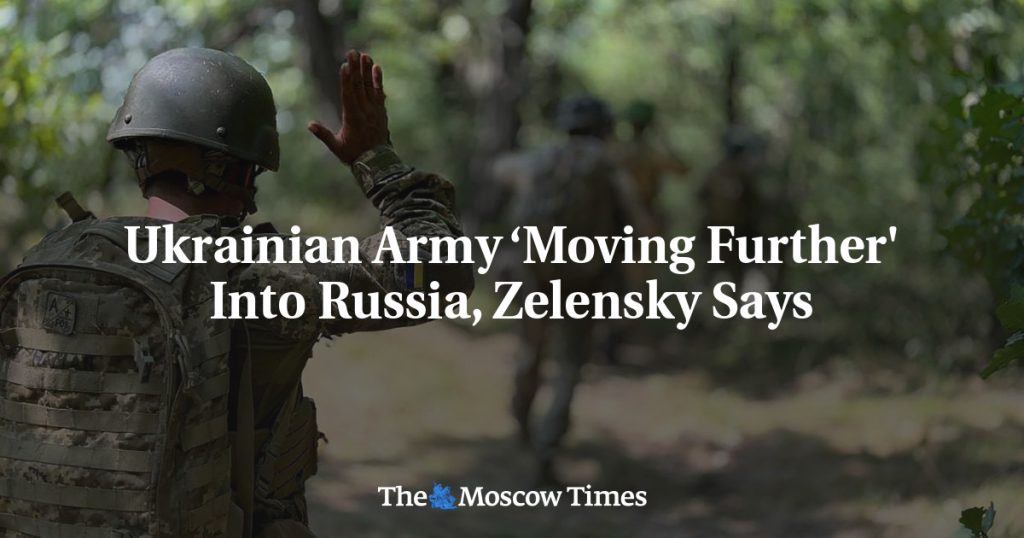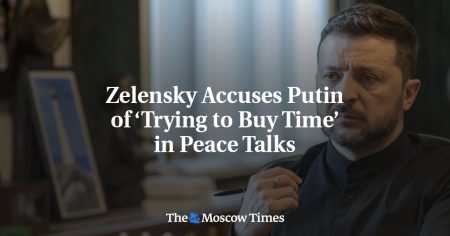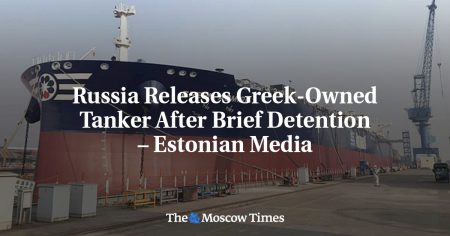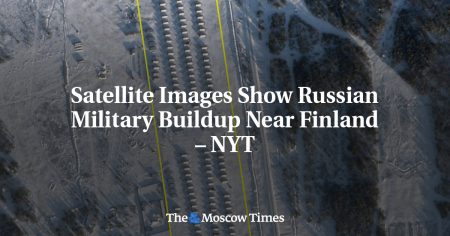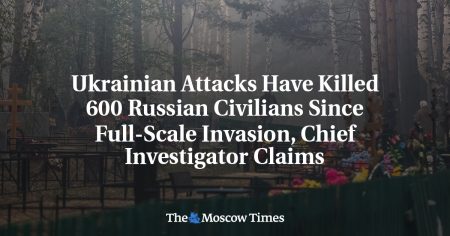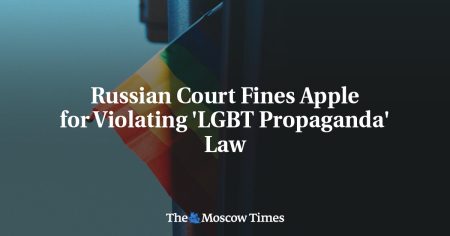In a significant development, Ukrainian President Volodymyr Zelensky announced that Ukrainian troops were advancing further into Russia, marking the biggest offensive by a foreign army on Russian soil since World War II. The Ukrainian army stormed into Russia’s Kursk region on August 6, capturing numerous settlements. This aggressive cross-border attack has continued for over a week, with Ukraine targeting four Russian airfields overnight using drones, in what has been described as the “largest attack” of its kind since Russia invaded in 2022. Zelensky reported that Ukrainian forces had moved between one to two kilometers in different areas of the Kursk region and had also captured over 100 Russian servicemen, which he believed would facilitate the return of Ukrainian soldiers.
However, Russia’s Defense Ministry asserted that Ukrainian attempts to push further into five areas of the Kursk region had been repelled successfully. The military claimed that enemy mobile units with armored equipment were thwarted in their efforts to breach deeper into Russian territory. This indicates a fierce resistance from the Russian side, challenging Ukraine’s advance and demonstrating the complexities of the conflict. The conflicting reports from both sides highlight the intensity and fluidity of the situation on the ground, with neither party backing down in this escalating confrontation.
The ongoing conflict between Ukraine and Russia has caused significant geopolitical tensions and raised concerns internationally. The involvement of a foreign army in Russian territory, particularly in the Kursk region, evokes memories of historical conflicts and adds a new dimension to the already strained relationship between the two countries. The use of drones in targeting Russian airfields underscores the technological advancements and modern warfare tactics employed by Ukraine in this conflict. The capture of Russian servicemen by Ukrainian forces further intensifies the human aspect of the conflict, reflecting the personal toll and sacrifices made by individuals on both sides.
The designation of The Moscow Times as an “undesirable” organization and the labeling as a “foreign agent” by Russia’s Prosecutor General’s Office have highlighted the challenges faced by independent journalism in the country. The limitations imposed on media outlets and journalists underscore the broader crackdown on freedom of speech and expression in Russia, signaling a worrying trend towards authoritarianism. The Moscow Times’ commitment to providing accurate and unbiased reporting on Russia despite these obstacles exemplifies the resilience and determination of journalists in the face of censorship and repression. The call for support from readers to sustain independent journalism reflects the critical role that media plays in upholding transparency and accountability in society.
As the conflict between Ukraine and Russia continues to escalate, the impact and implications of this cross-border offensive raise questions about the future trajectory of the region and the potential repercussions for international relations. The conflicting narratives and military actions on the ground underscore the complexities and uncertainties surrounding the conflict, with no clear end in sight. The involvement of external actors and the geopolitical implications of this conflict further complicate the situation, with broader implications for global security and stability. The urgency of supporting independent journalism in times of crisis becomes evident, as the need for accurate and reliable information remains essential in understanding and addressing the complexities of conflicts like the one unfolding between Ukraine and Russia.









